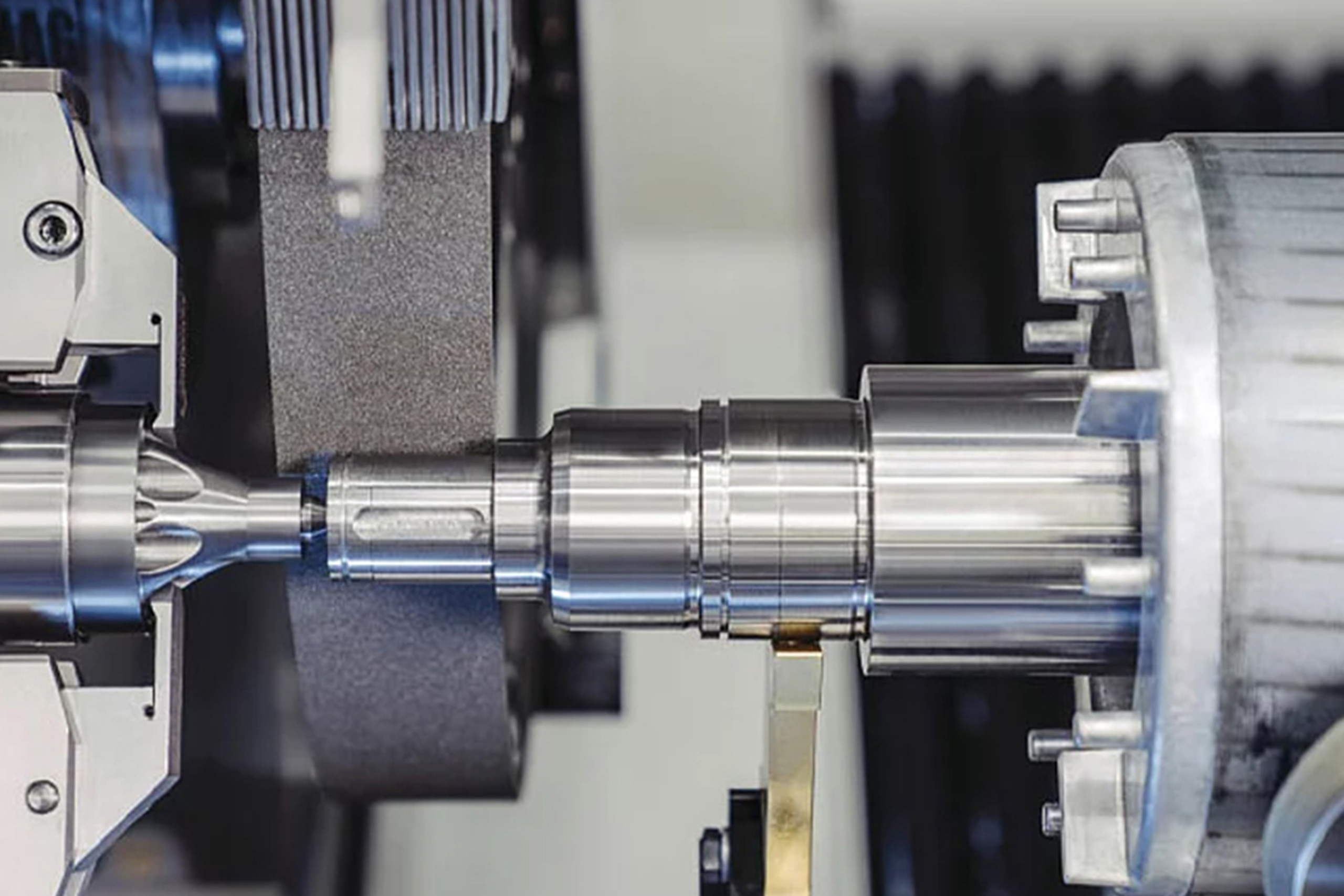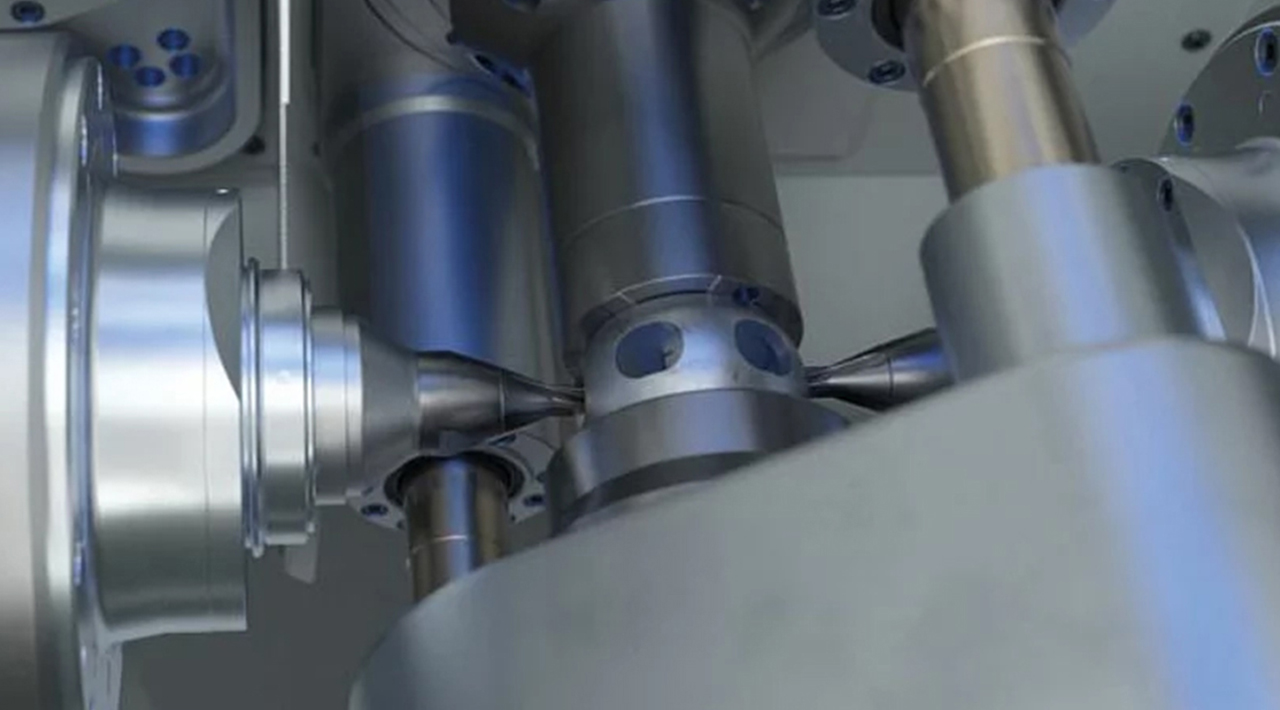Due to the heavy equipment, high environmental temperature, large dust or acidic corrosive gases such as CO and sulfur dioxide in the air, lubrication of the equipment has many problems, resulting in severe friction and wear. So far, most of the above-mentioned enterprises in China still use traditional oil and grease lubrication. However, in fact, these working conditions have exceeded the scope of oil and grease lubrication, and are prone to bite or death of bearings and other friction pairs, causing serious part wear and damage, and often leading to equipment shutdown. In order to produce continuous operation, in addition to requiring the installation of multiple equipment for wheel repair in the original design, a large number of maintenance personnel must also be invested. Severely restricting the improvement of productivity, spare parts and energy consumption are extremely high, which has become an important obstacle to the development of production. Automobile manufacturing, cement production, petrochemical and other enterprises have all put forward requirements for providing special lubricating materials under complex working conditions. Therefore, the research on embedded self-lubricating composite materials highlights its own characteristics in material formulation and preparation process. The material performance has reached the international advanced level, solving the lubrication problem for enterprises under special working conditions and bringing significant economic and social benefits. However, due to various reasons, more domestic enterprises have not yet adopted it, and the above situation still exists.
Inlaid self-lubricating composite material is a new type of solid lubricating material that resists extreme pressure. It consists of a metal substrate and a solid lubricant paste embedded in the holes or grooves of the substrate. During the friction process, the metal substrate bears the majority of the load. Through friction, solid lubricants in holes or grooves transfer or reverse transfer to the friction surface, forming a well lubricated, firmly attached, and uniformly covered solid transfer film on the friction surface, greatly reducing friction and wear. As friction progresses, the embedded solid lubricant continuously provides lubrication to the friction surface, ensuring good lubrication during long-term operation.


